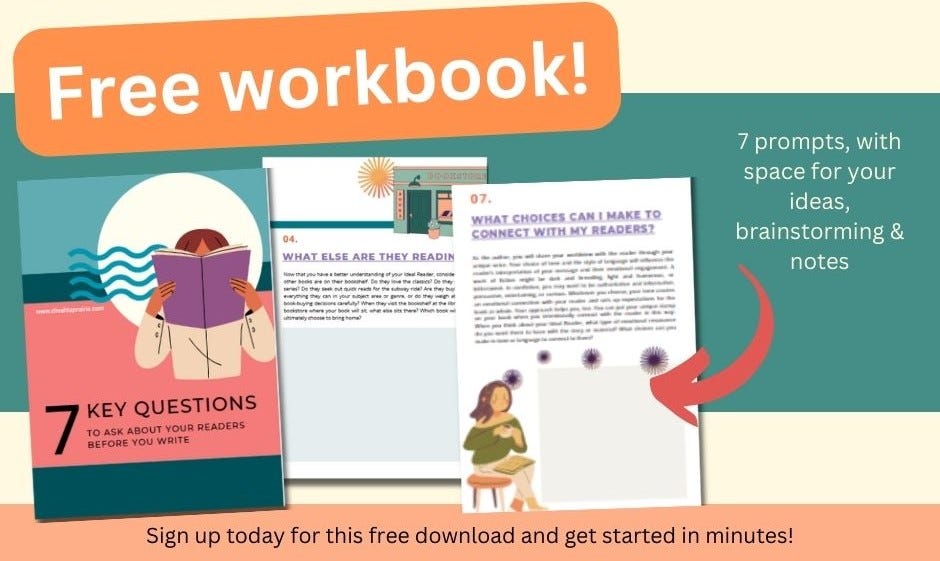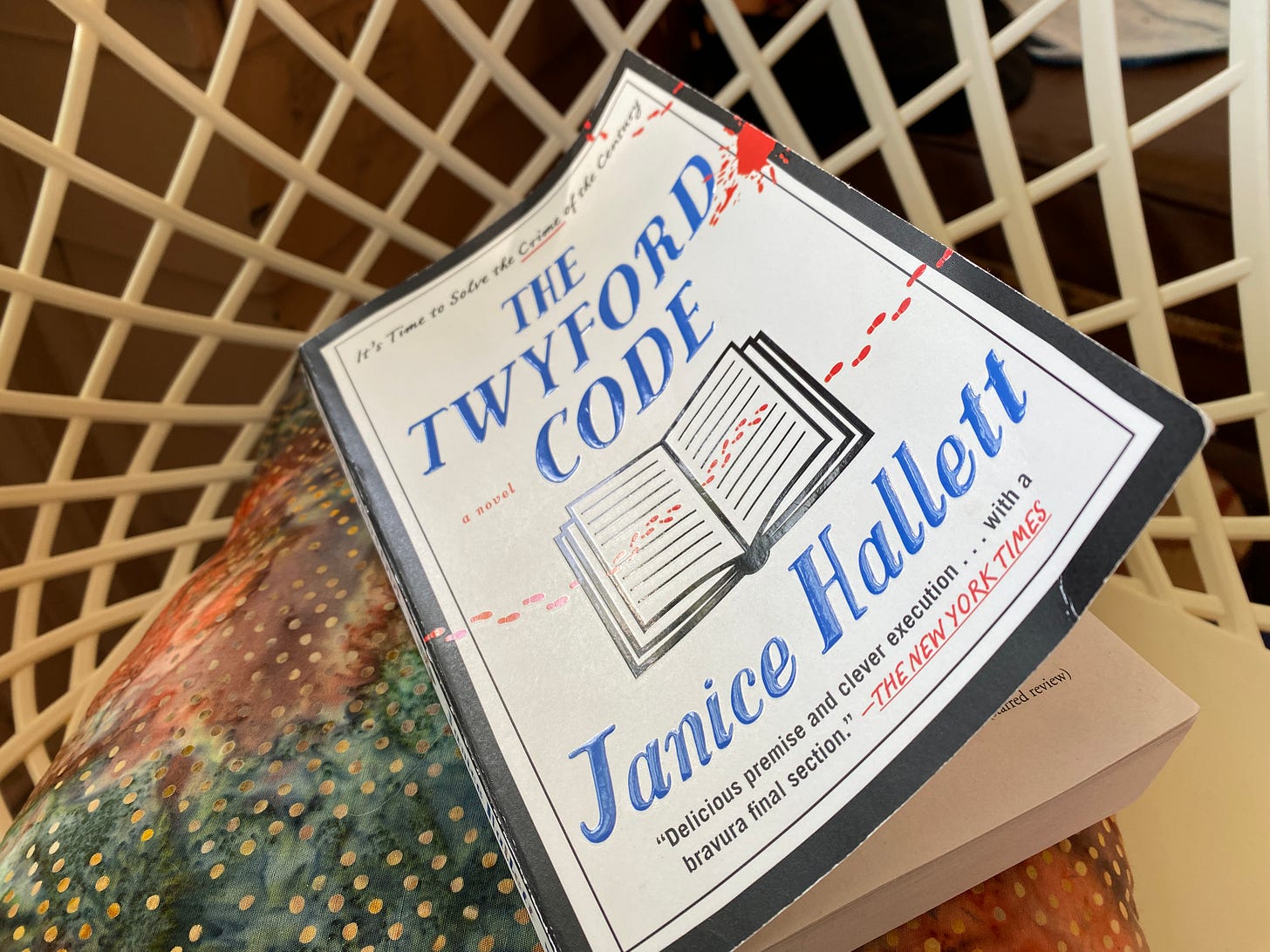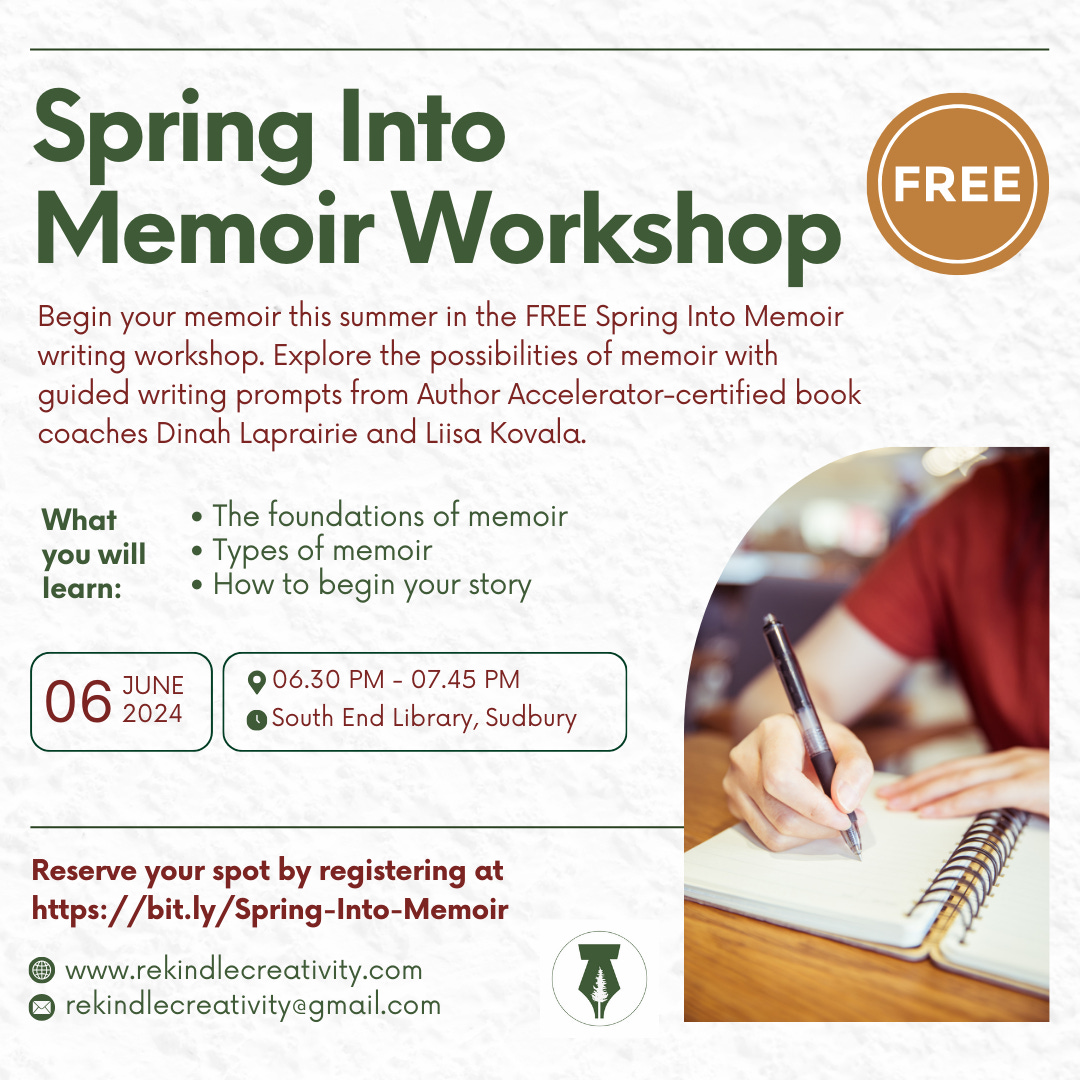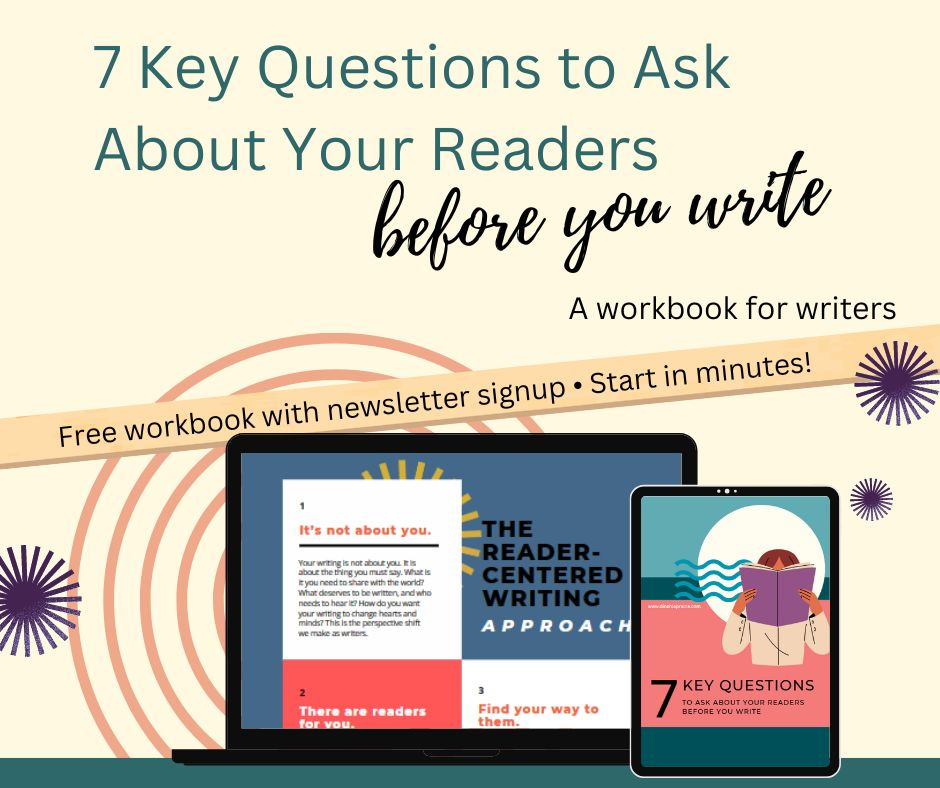Introducing Readability | Today's review: The Twyford Code by Janice Hallett
How books are experienced by a reader
I’ve been a reader all my life. In my work as a book coach or editor, I work closely — even devotedly — with writers, but I always advocate for the reader.
Writing builds connection, and it has the power to change minds and make change. It’s not the change we can see immediately. It’s the change that begins with thoughts like “Could this be true?” or “Would would I do?” The writers I work with understand that they need to forge a connection with their readers
With this edition of The Book Case, I launch a new section called Readability. Throughout my reading year, I’ll periodically document my experience as a reader. I want to examine my response and my engagement with the books I read, from the time I hear about it to the last page. And I’ll ask you to participate too (more on that soon!).
In today’s issue, I am looking at The Twyford Code, Janice Hallett’s second mystery novel, released in 2022. With Hallett’s background as a magazine editor and journalist, can we expect to be engaged as readers? Let’s find out!
But, first, I want to introduce you to my newest workbook for writers, a free download for all subscribers to this newsletter. Reader-centered writing is the topic of 7 KEY QUESTIONS TO ASK ABOUT YOUR READERS BEFORE YOU WRITE. I’m sharing seven prompts with you to help you think about your ideal reader and how you can reach them with your book’s message.
All you need to do is subscribe to this newsletter and you’ll find the link in your welcome email.
That sounds like something I need. But what exactly am I signing up for?
The 7 Key Questions to Ask About Your Reader comes free with your sign-up to this newsletter, The Book Case. In my (somewhat infrequent) posts, you’ll find more entries like this one and also join me in my exploration of delight. I will be delivering, too, at times, new resources and sharing my musings on writing and reading on purpose.
Readability Review:
The Twyford Code, by Janice Hallett
A puzzler’s delight
Type of book: Paperback
Bought or borrowed: Bought
Provenance: I found this book on a visit to The Cedar Canoe, an indie bookstore in Huntsville, Ontario, when all of us at the Rekindle Creativity Writing Retreat tromped out in a snowstorm to the Main Street of town to look for books. All the locals were hunkering down at home while we poked through this lovely bookshop. I bought two books that day, and finally picked up The Twyford Code a couple months later.
The book’s promise:
The cover - The cover attracted me because its design was reminiscent of The Thursday Murder Club series, books I adore for their humour and characters.
The blurbs - I often dismiss the cover blurbs, but these ones caught my eye. The New York Times promised a “delicious premise and clever execution…with a bravura final section” and Nita Prose, author of The Maid (another recent favourite) said it was “built for puzzle pundits and literary word nerds.” Well, count me in! So many books have disappointed me by not living up to their premise, but maybe this was a winner? In any case, I thought, I love puzzles.
The book jacket copy - “Forty years ago, Steven Smith (‘Smithy’) found a copy of a famous children’s book by disgraced author Edith Twyford, its margins full of strange markings and annotations. His remedial English teacher, Miss Iles, saw the mysterious book and became convince a message in secret code ran through all of Twyford’s novels. Soon after, she took the class on a field trip and disappeared. Now out of prison after a long stretch, Smith decides to investigate the mystery that has haunted him for decades.” I mean, who could resist? Secret codes, mysterious disappearances, a detective recently out of prison. I liked the ingredients!
The structure - When you open this book, you see that it is told in short sections labelled as audio files, transcriptions of recordings by Smith. The story’s progression follows the dates of the audio recordings, and readers are given a key to interpret any transcription markings in the first pages. The book jumps into the story — and the audio transcriptions — after a one-page letter from Inspector Waliso, who is sending these transcriptions to Professor Mansfield with a a request for an expert opinion. We learn there are 200 files.

Readability qualities:
The promise of a puzzle was clear from the first page, when Inspector Waliso writes: “An iPhone 4 is among a number of items belonging to a recently reported missing person. It is not associated with any phone carrier and at first appear to be blank, with no call records, music, emails, texts or photographs. Upon closer examination it was found to contain a series of deleted audio files: voice recordings in various encrypted formats, with dates that space eleven weeks in 2019…. On sever occasions, the software ‘mishear’ or simply approximates words and phrases, especially when speech is in the vernacular.” I found myself asking questions that I could only answer by reading forward. Who is missing? Will I be able to decipher it myself? Well-played, Janice Hallett! I turned the page.
Inklings of an unreliable narrator hinted at possible twists. But could I ever truly trust him to tell the story in truth? Or any of the other characters we meet? After all, we only hear Smithy’s side of the story and what he chooses to record on his phone. We hear others speaking at times, but mostly we hear them through what he tells us he heard. Maybe all isn’t as it seems, I wondered. But maybe it is?
Characters that squeezed into my imagination filled the pages, especially the lead. I loved Smithy within a few pages. His way of speaking was so clear, made more real by how the transcription software deciphered it by sound. Smith is a underdog who has had to be clever to overcome the skills he is missing (he can’t read but he remembers everything, he says). I liked how persistent he was — and how human his need was for understanding and connection. I continued reading to make sure he was okay.
The puzzle itself was immensely enjoyable. As the reader, I interacted with this book, reviewing the audio time stamps, filling in the blanks of stories untold, deciphering the transcription marks, anticipating twists and trying to uncover the mystery before the big reveal. I felt like I was in a scavenger hunt of the best kind.
Verdict:
Janice Hallett is a master at reader engagement. She has created a mystery novel that invites readers to participate and puzzle it out along with the characters. In reading, we come to conclusions, then have to revise our understanding with new clues. Smithy follows one trail and we follow his.
The book ‘packaging’, let’s call it, works, too. The publisher knew exactly who would want to read this book. The cover design and blurbs told me I did, and that’s why I picked it up. The design’s colours, typeface, and treatment had flavours of Thursday Murder Club and Everyone In This Family Has Killed Someone, and the blurbs explained who it was for: puzzle people and mystery readers who love to play along.
This is for you if:
You love puzzles and problem-solving
You don’t mind unreliable narrators and love red herrings
You love wordplay
If you want to read it:
Publisher: Atria Paperback Date: 2022 ISBN: 978-1-6680-0323-7
Buy it at Bookshop.org Buy it on Amazon
Buy it at Indigo Chapters Look for it in a library near you
Coming soon in The Book Case
The delights of seasonal reawakening
More Readability reviews, covering Heather O’Neill’s When We Lost Our Heads and Christopher Isherwood’s A Single Man.
A call out for Readability Reviews from you!
A new writer’s retreat? (It’s in the works!
and I are back planning the next one. That’s us in the photo below, looking at our options.

By the way, Liisa and I are hosting a free intro workshop on writing memoir next Thursday in Sudbury at the South End Library. If you’re starting your memoir, stuck in the middle, or you only have the tiniest inkling of an idea we’ll get you moving through your ideas with a few writing prompts. Tell us you’re coming by registering.
Thanks, as always, for joining me as readers. I hope, wherever you are, you feel the warmth of the new season on your shoulders.










